
Co to jest DeFi?
DeFi to skrót od zdecentralizowanych finansów. Jest pojęciem zbiorczym dla usług finansowych typu peer-to-peer w publicznych łańcuchach bloków.
Chcesz poszerzyć swoje słownictwo dotyczące kryptowalut? Zacznij od podstawowych terminów

DeFi to skrót od zdecentralizowanych finansów. Jest pojęciem zbiorczym dla usług finansowych typu peer-to-peer w publicznych łańcuchach bloków.
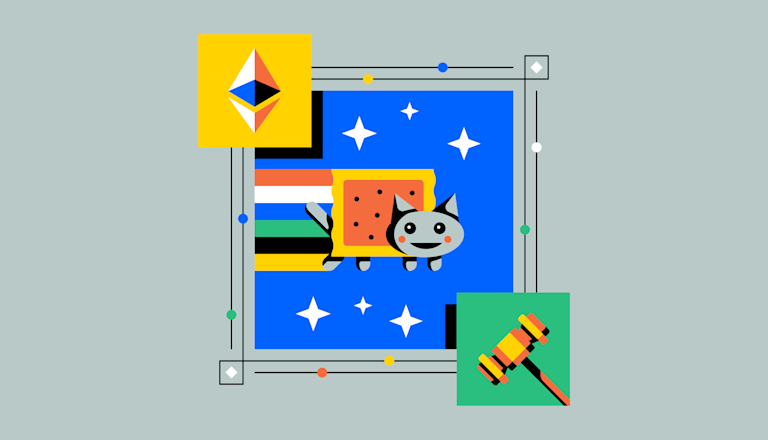
Tokeny niewymienialne (NFT) to rodzaj kryptoaktywów, w których każdy token jest unikalny. Mogą być używane do uwierzytelniania własności zasobów cyfrowych.
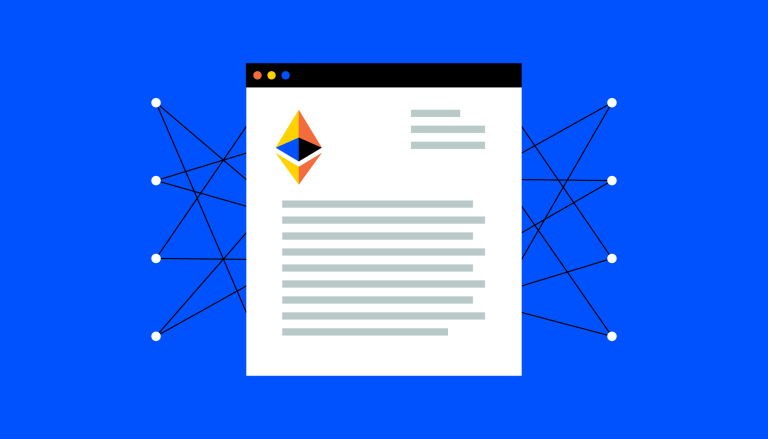
Inteligentne kontrakty pozwalają programistom tworzyć aplikacje, które wykorzystują bezpieczeństwo, niezawodność i dostępność łańcucha bloków.
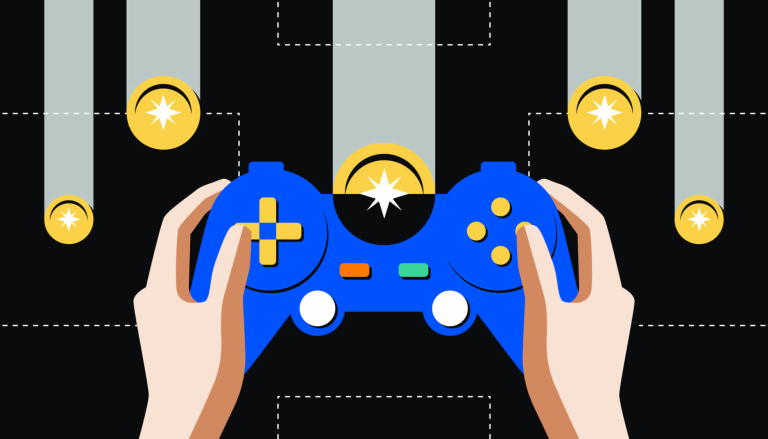
GameFi, or game finance, is a fusion of online gaming and decentralized finance, creating an in-game economy. It introduces the concept of play-to-earn (P2E), where in-game activit...

A beginner’s guide to the hit NFT-based Pokémon-style game — and its native cryptocurrency...

Halving bitcoina zdarza się co cztery lata, gdy liczba bitcoinów przyznawanych górnikom zm...

A beginner’s guide to decentralized exchanges

The Internet Computer is creating a decentralized internet — with independent data centers...
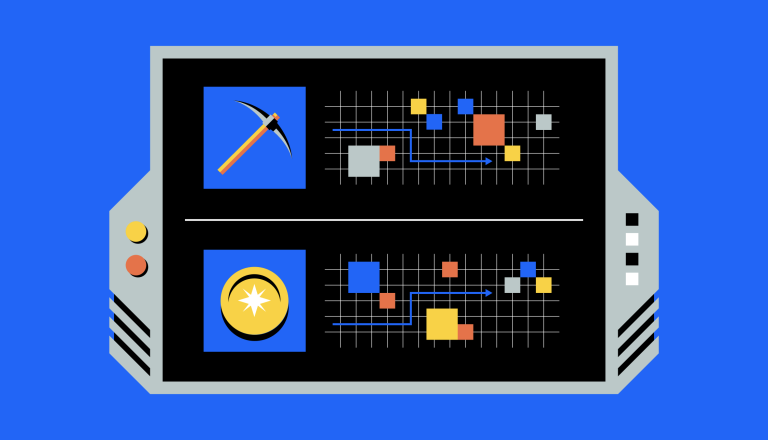
“Proof of work” and “proof of stake” are the two major consensus mechanisms cryptocurrenci...

Protokoły to podstawowe zestawy reguł, które ustanawiają strukturę łańcucha bloków i umożl...

Klucz prywatny przypomina hasło, które pozwala Ci na dostęp do Twoich środków w kryptowal...

Analiza techniczna zajmuje się schematami w danych rynkowych w celu zidentyfikowania trend...

Zmienność to miara tego, jak bardzo cena składnika aktywów wzrosła lub spadła w czasie.

A beginner’s guide to the biggest DEX on Ethereum
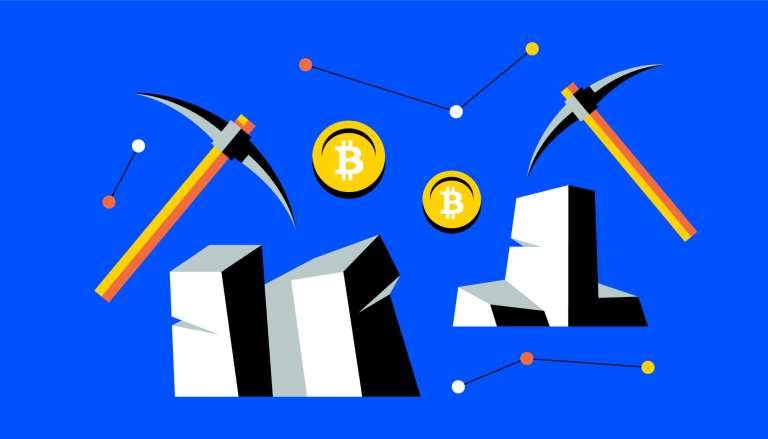
Hash rate is a measure of the computational power of a blockchain network, group, or indiv...
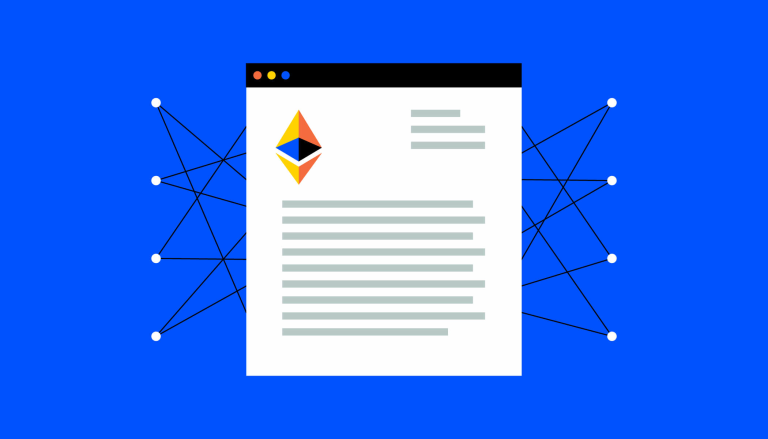
ERC-721 is a non-fungible token standard on the Ethereum blockchain. It provides a set of...
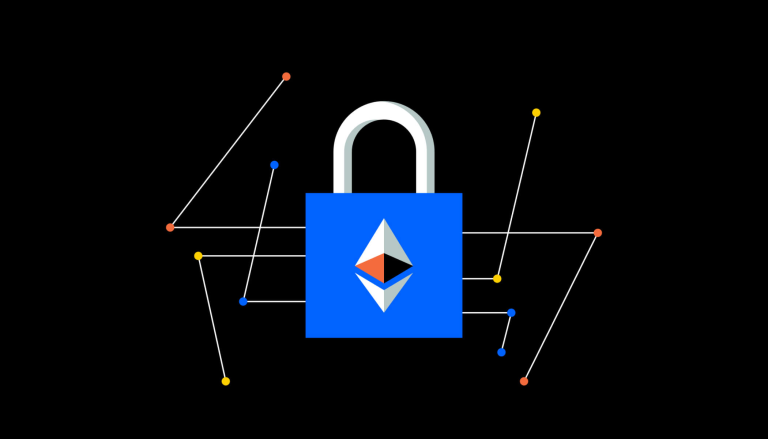
The Ethereum Virtual Machine (EVM) is a decentralized computation engine that executes sma...
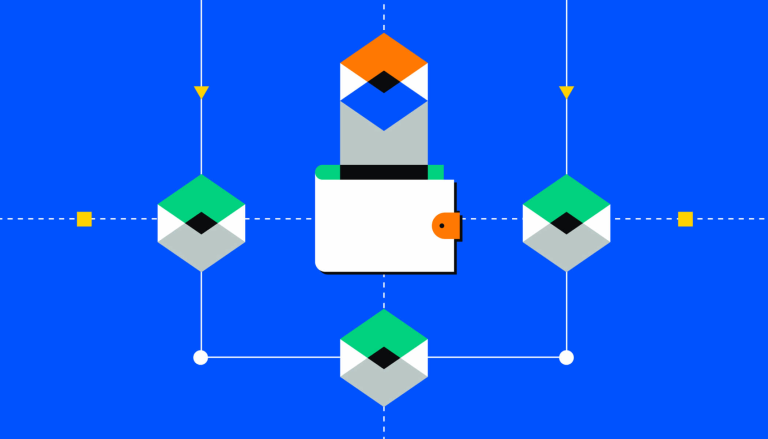
Nodes are components of a blockchain network, maintaining the latest record of transaction...
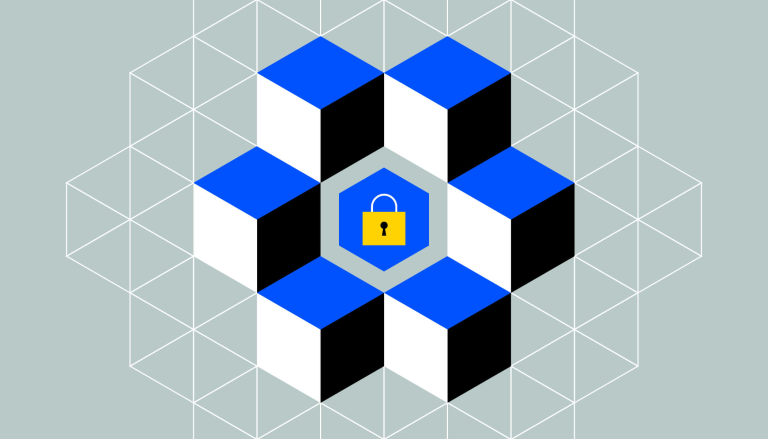
Sidechains are separate blockchain networks that connect to a parent blockchain, aiming to...
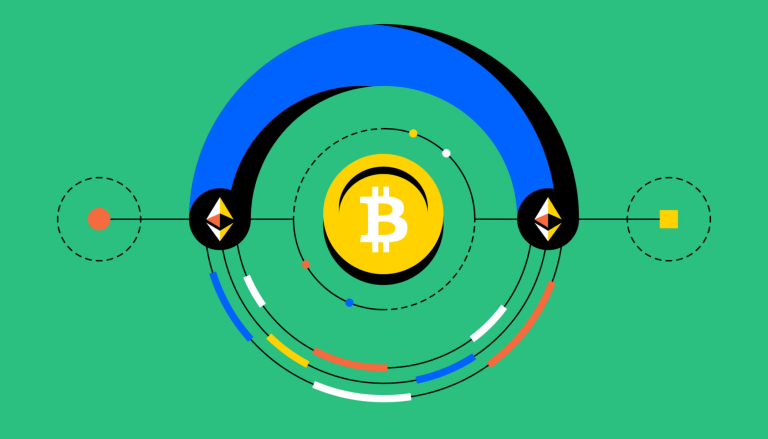
BRC-20 tokens are a development in the cryptocurrency space. They are a development in the...
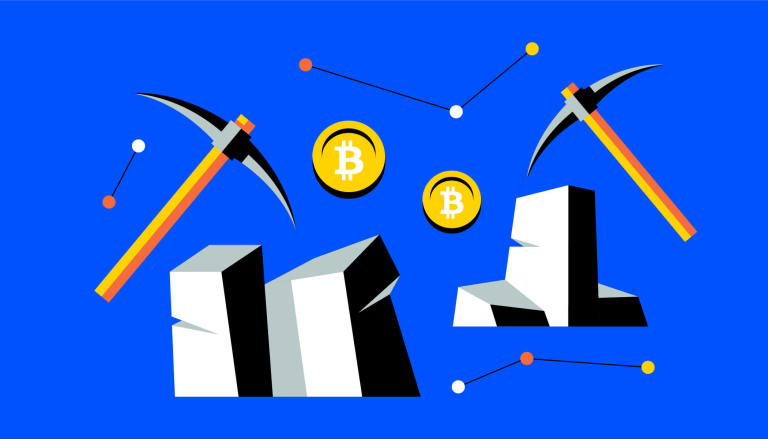
Cloud mining is a method to mine cryptocurrencies by leasing equipment or renting computin...

Zero-knowledge proofs (ZKPs) are a cryptographic method that allows one party to prove the...
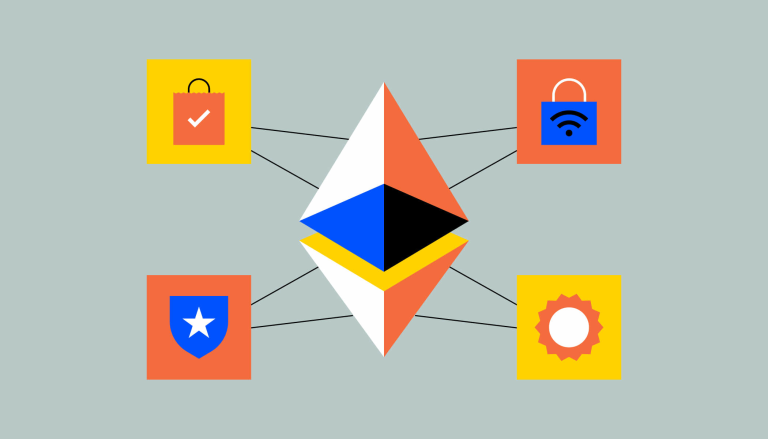
ERC-20 is a technical standard for establishing fungible assets on the Ethereum blockchain...
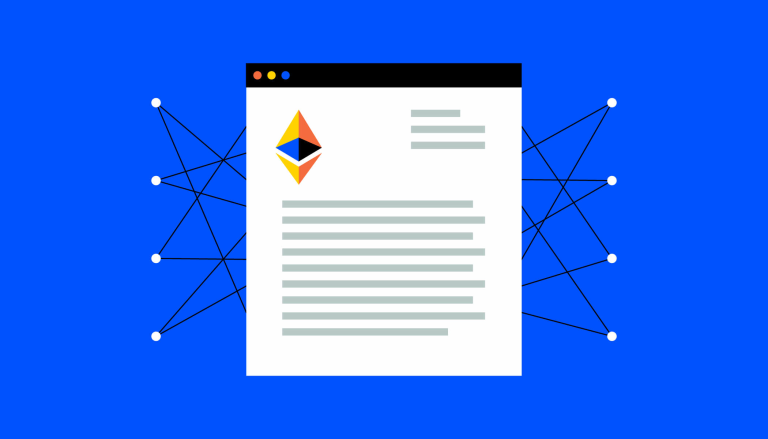
ERC-1155 is a token standard on the Ethereum blockchain that enables the creation and tran...

ZK Rollups are a layer-2 scaling solution that aims to enhance blockchain scalability by m...
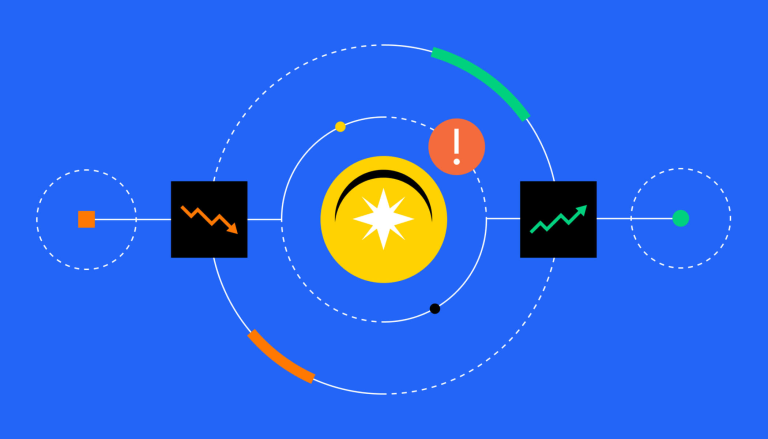
Blockchain oracles are entities that connect blockchains to external systems, enabling sma...

Soulbound Tokens (SBT) are a theoretical concept of non-transferable digital tokens that c...
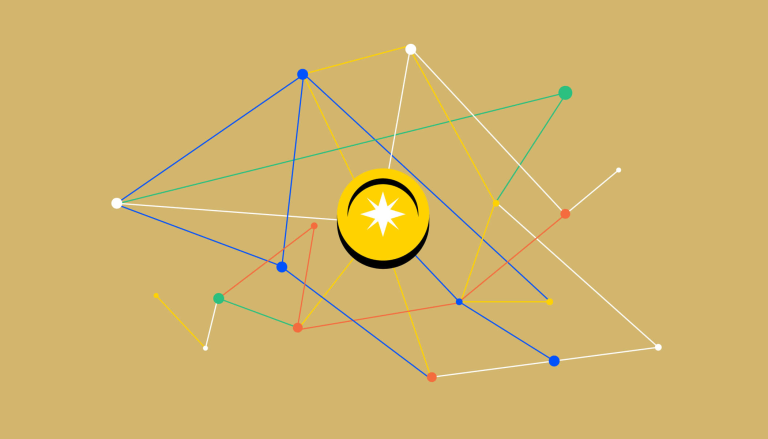
Blockchain interoperability refers to the ability of different blockchain networks to comm...
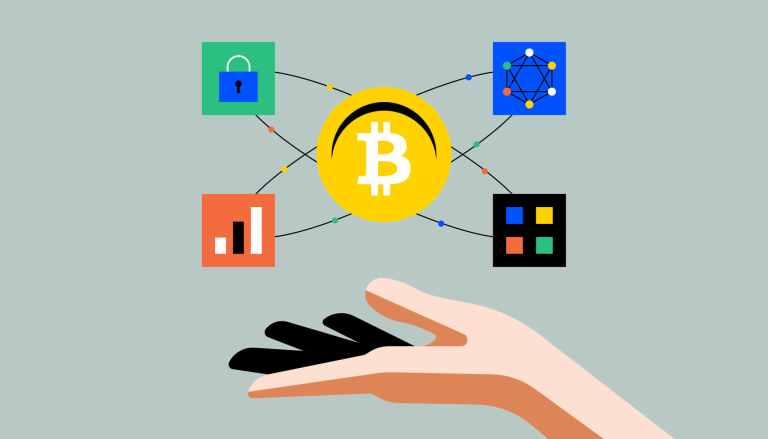
The article discusses a system called BitVM, which is not recognized or verified by any au...
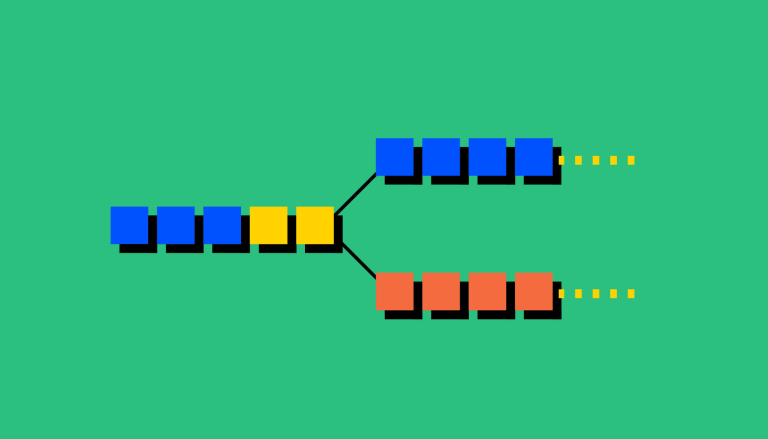
A soft fork aims to be a backward-compatible upgrade to a blockchain, allowing nodes runni...

Token burning refers to the permanent removal of a specific number of tokens from the circ...
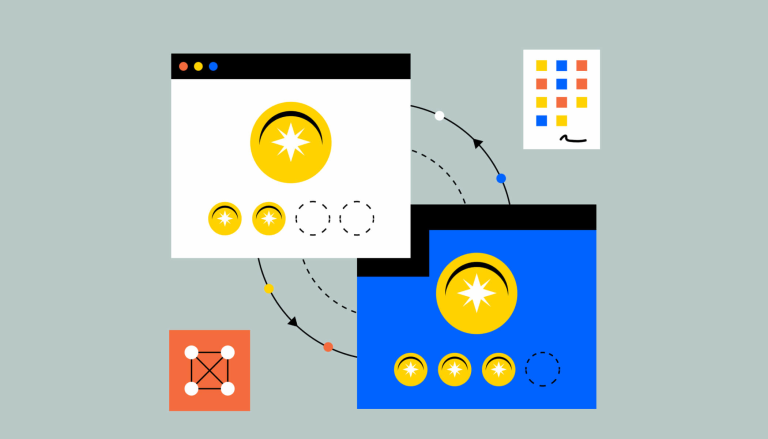
DPoS is a consensus mechanism that evolved from Proof of Stake (PoS), intending to enhance...
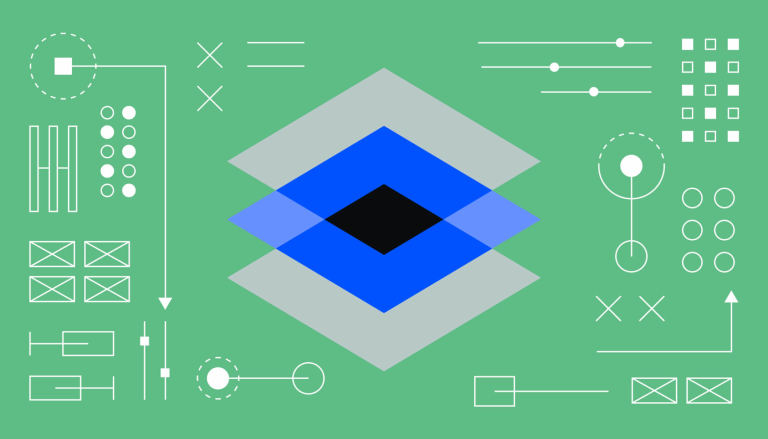
Layer-0 protocols are the foundational infrastructure upon which Layer-1 blockchains are b...
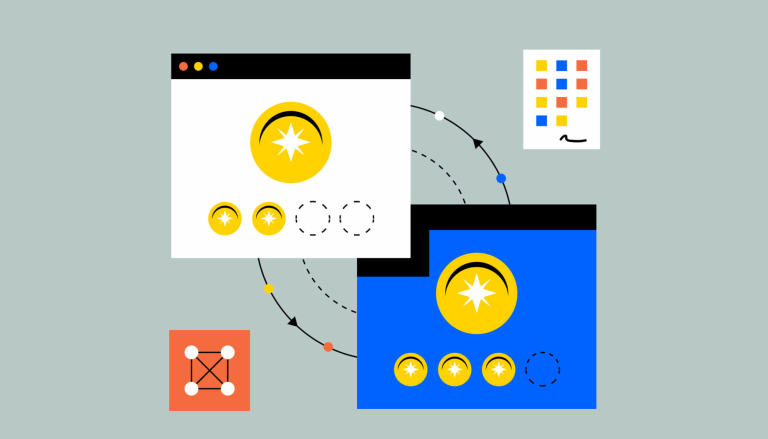
A DEX aggregator is a service that brings together liquidity from various decentralized ex...

SocialFi combines the principles of social media and decentralized finance, aiming to prov...

A recovery phrase is a series of words generated by your cryptocurrency wallet that give y...

The NFT floor value is the lowest value for an NFT in a given collection. It provides insi...

Impermanent loss is a risk that occurs when participating in DeFi liquidity pools, where t...

Real-World Assets (RWAs) are tangible assets that exist outside the digital spectrum, whic...

NFT Finance (NFTFi) is an ecosystem that combines Non-Fungible Tokens (NFTs) and Decentral...

IPFS is a decentralized and distributed file storage system that aims to enhance the effic...

An Initial Exchange Offering (IEO) is a method in the cryptocurrency space where a startup...

Dynamic NFTs (dNFTs) are a newer generation of non-fungible tokens that have the potential...

Open edition NFTs permit the creation of an unlimited number of NFTs within a specific tim...

A burner wallet is a temporary, single-use crypto account used for specific transactions....

Sandwich attacks are a form of market manipulation on decentralized exchanges (DEXs). Thes...

Sharding is a proposed solution to the scalability issue faced by the Ethereum network, ai...

STOs are events where companies distribute blockchain-based tokens representing ownership...

The Otherside metaverse is a virtual world that merges elements of MMORPGs and blockchain...

Decentralized science (DeSci) is a concept that leverages blockchain technology to aim for...

Slippage in crypto refers to the difference between the expected price of a trade and the...

A 51% attack is a potential threat to blockchain networks, where a group of miners may con...

The flippening refers to a potential future event where Ethereum's market capitalization s...

Masternodes are servers that aim to provide operational support to a blockchain network, s...

NFT ticketing is a system where tickets are stored and managed on a blockchain, providing...

Etherscan is a block explorer and analytics platform for the Ethereum blockchain. It allow...

A sybil attack is a security breach where a single entity creates multiple fraudulent node...

Segregated Witness (SegWit) is an update to the Bitcoin blockchain that separates witness...

The Sandbox is a virtual world that operates on the Ethereum blockchain, where users have...

The genesis block is the first block in a blockchain, often referred to as block 0 or bloc...

Account abstraction is a technology enabled by blockchain that allows users to utilize sma...
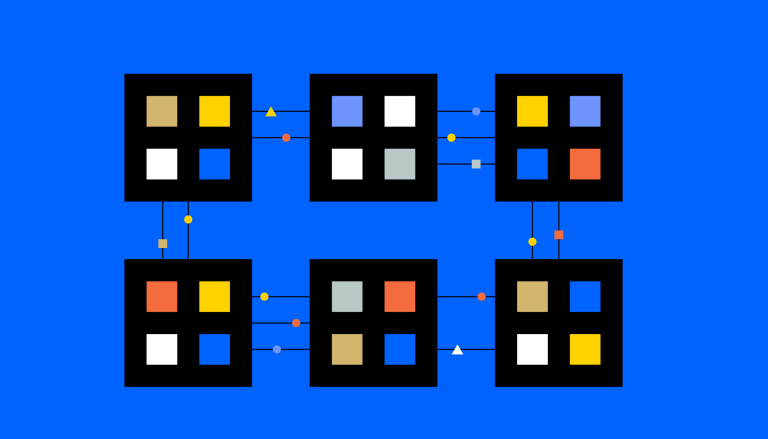
Layer 3 blockchains are built on top of Layer 2 solutions, providing additional functional...

A crypto mining rig is a customized personal computer that uses graphical processing units...

Cross-chain and multichain are both technologies that strive to enhance interoperability i...
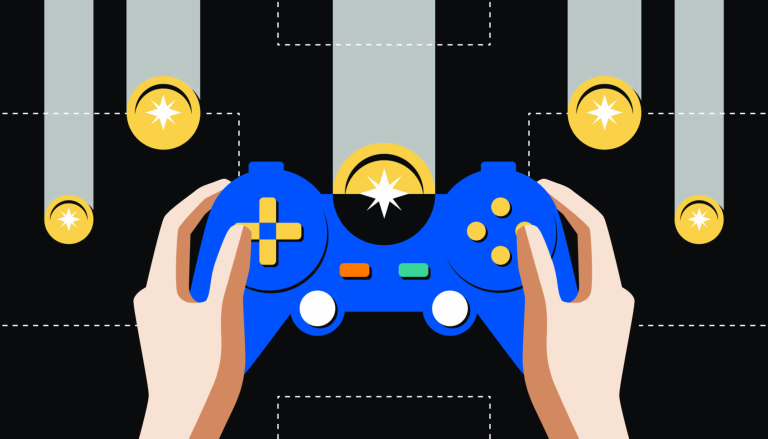
A crypto gaming guild is a decentralized community that unites players, enthusiasts, and g...

An All-Time High (ATH) refers to the highest value a cryptocurrency has ever reached in it...
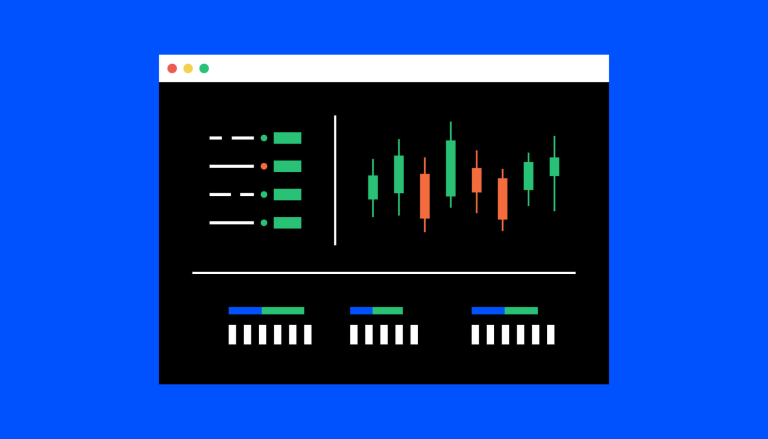
Smart money refers to the capital managed by experienced individuals or entities with exte...

ENS domains aim to provide a more user-friendly alternative to lengthy, intricate cryptocu...

Crypto faucets are platforms that provide users with small quantities of cryptocurrency fo...

Proof-of-Reserves (PoR) is a verification method that demonstrates a crypto platform's abi...

Bitcoin Pizza refers to the first known real-world transaction using Bitcoin, where a man...
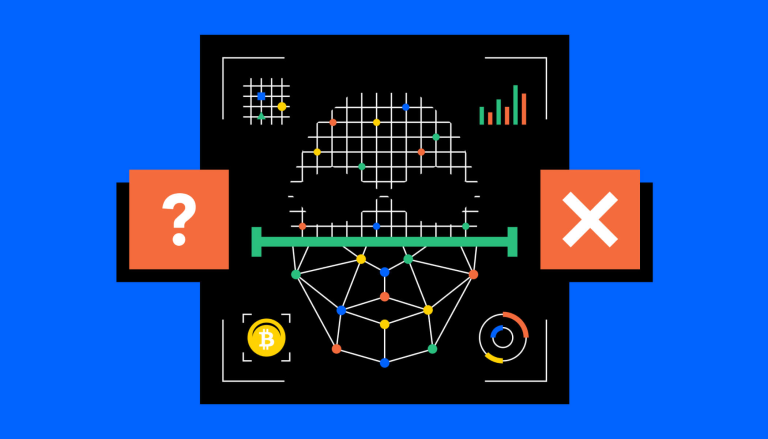
Black Hat Hackers utilize malware to infiltrate computer systems and access data, often wi...

Hybrid smart contracts aim to combine on-chain blockchain code with off-chain data and com...
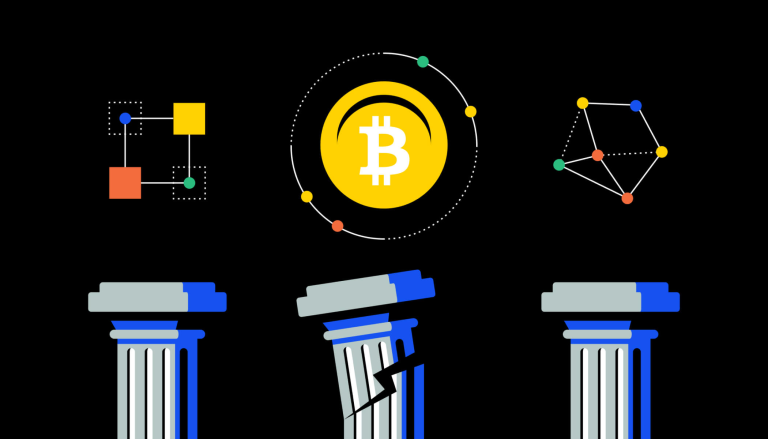
Bitcoin Ordinals are a method of creating unique digital assets on the Bitcoin blockchain....
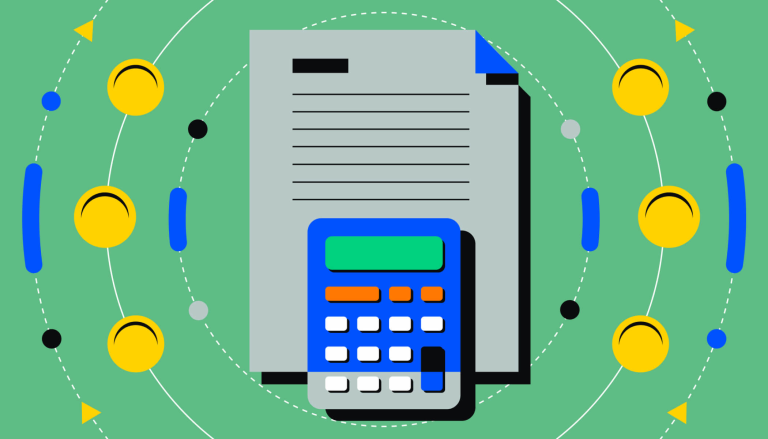
BlackRock's IBIT is a spot bitcoin ETF that allows users to gain exposure to bitcoin's pri...

Unstoppable Domains is a platform that enables users to establish blockchain-based domain...

A pump and dump in crypto is a market manipulation tactic where the value of a token is ar...

A crypto wallet confirmation message is a unique cryptographic signature used to verify th...

Vampire attacks in crypto refer to aggressive strategies where a new project, often a fork...
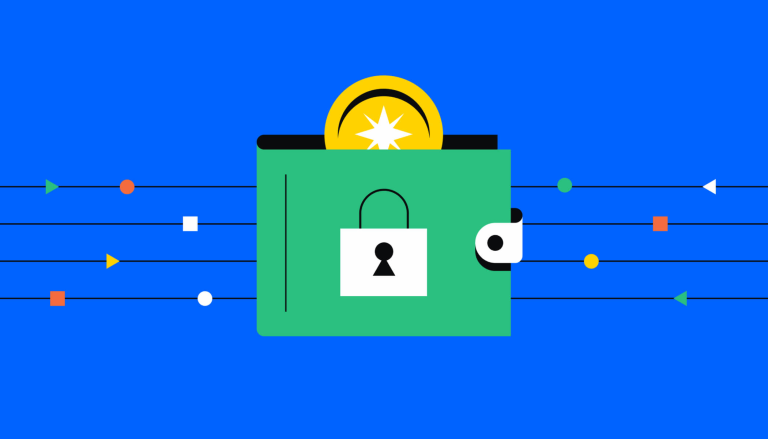
Blind signing in cryptocurrency involves the approval of a smart contract transaction with...

Monolithic blockchains consolidate all functionalities within a singular layer, while modu...
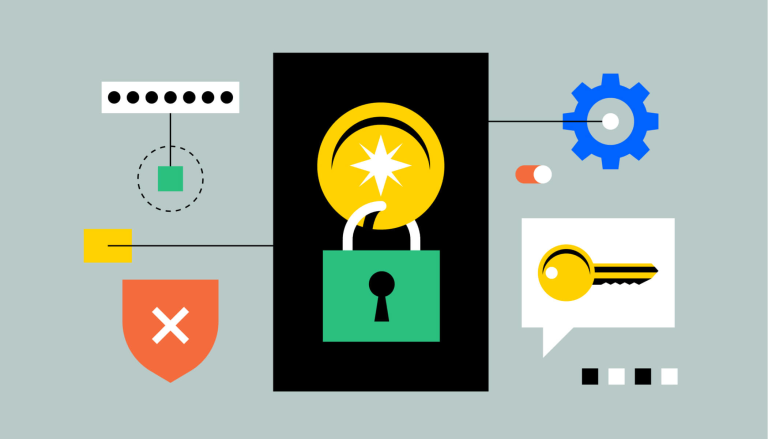
Vesting in crypto refers to the process of locking down cryptocurrency tokens or coins for...

AppChains, or application-specific blockchains, are designed to meet the unique requiremen...
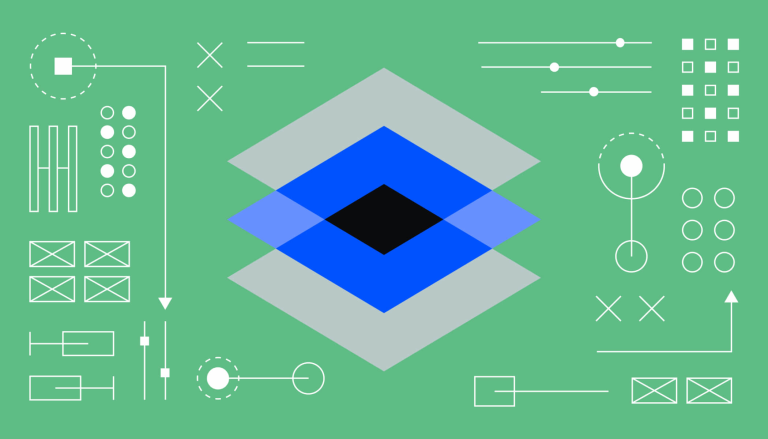
Bitcoin Layer 2 blockchains are protocols built on top of the Bitcoin blockchain that stri...

Proof-of-Burn (PoB) is a consensus mechanism in cryptocurrency that involves "burning" coi...

The Taproot upgrade is an improvement to the Bitcoin protocol, aiming to enhance privacy,...